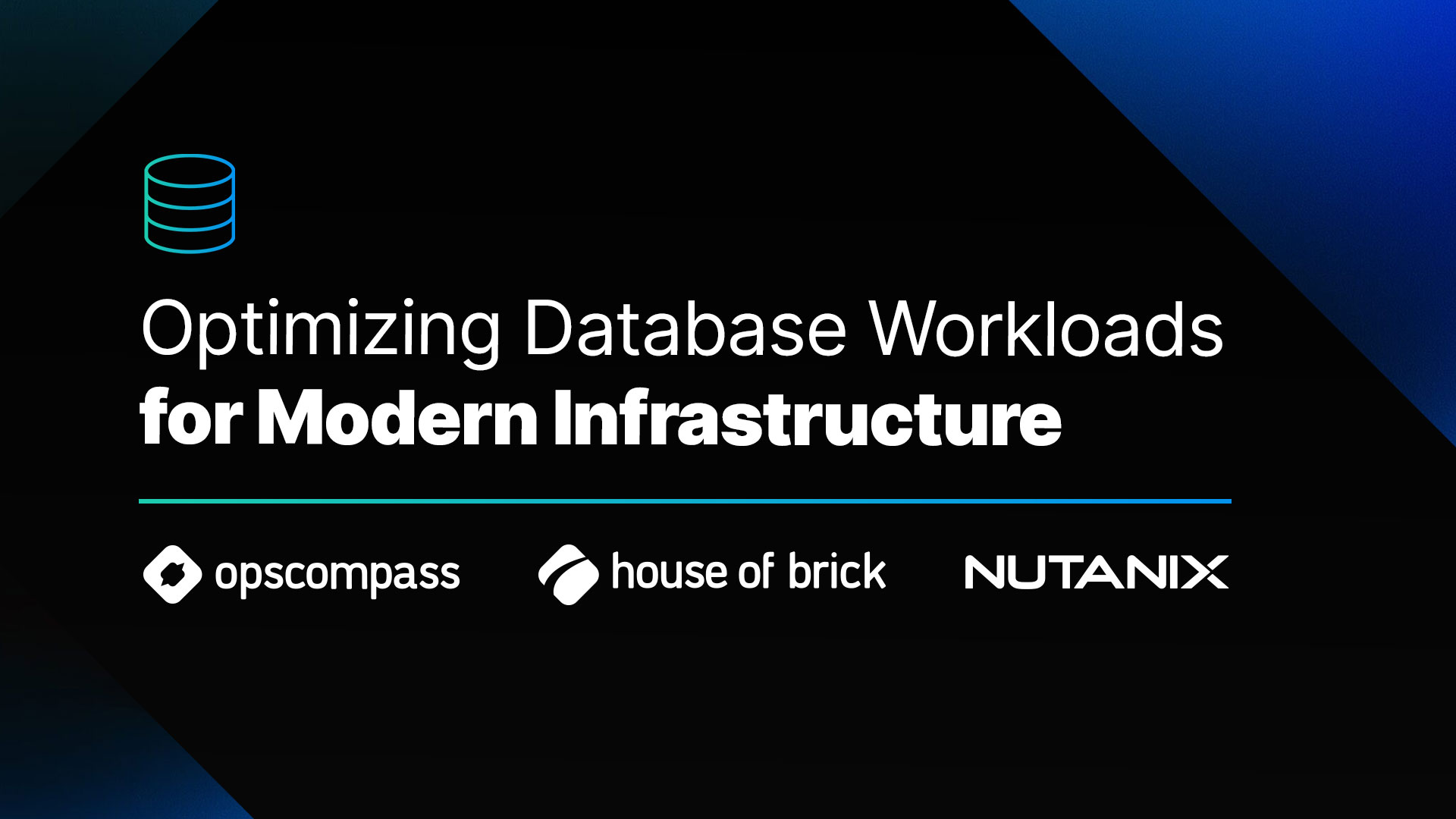IDG (parent company to media brands such as CIO, CSO, Network World, and more) recently released their 2015 Cloud Computing Study in which they survey nearly 1,000 qualified executives from enterprise organizations around the country. Buzz-word-laden studies like this can often be abstruse and lack accessibility, but they still provide keen insights into the issues real-world decision makers are facing on the front lines. I find it valuable to go through studies like this and compare it to what I’m hearing from customers and seeing from industry folks on twitter.
In this particular study, one of the conclusions really stood out to me:
90% of enterprises are relying on APIs in their cloud integration plans for 2016.
To me, this says a lot about the maturity of the cloud market – both the vendor offerings and the customers using them. When we sit down with companies to talk about what they’re strategy is for infrastructure and what a cloud transformation looks like to them, there’s still this mindset that’s characterized by lifting existing apps off existing virtual machines in an existing data center and then moving them to a new “cloud” where they sit on new virtual machines. A transformation this is not. Most organizations never achieve any real cost savings with this approach and yet, until recently, it’s been the primary mode by which enterprises have adopted cloud.
At the heart of the cloud technology revolution are API’s that provide interfaces into your entire stack – network, compute, storage, and identity. These API’s drive innovative and invaluable functionality such as automation, autoscaling, variable costing, policy enforcement, and security. From my perspective, if companies aren’t taking a cloud-native approach, one that utilizes the full feature-set and leverages native API’s, they will never see the cost savings, speed increases, or enhanced security (yes, the modern cloud model provides the opportunity to ENHANCE security compared to the on-premise past). To see that 90% of these enterprises will be utilizing API’s in their cloud plans in 2016 is a huge step forward for the market at large. The enterprise is finally starting to get it!
The major misconception about cloud API’s is that it’s just about giving your software development teams some convenient ways to write code into their apps that interacts with the underlying cloud environment. This is true, and very powerful, but software development skills are not required to leverage many of these services – and organizations are rightly leery of handing over tasks network configuration to developers. Microsoft’s Azure Resource Manager uses declarative JSON templates (no coding required) and Powershell to interact with the entire Azure environment. These are operations tools! Nowhere are the impact of cloud API’s more transformative than to IT operations and security. From mass automation of deployments, to streamlined access to logs data, to enforced consistency, at no time has IT been able to move so quickly while supporting so much different technology.
- From my perspective these are the top benefits of cloud API’s for IT operations and security:
- Coordinated automated deployments (roll entire environments out with a single action).
- Easier collection of logs across the entire environment for auditing and compliance.
- Enforce configuration policies across network, storage, and servers for better security and uptime.
- Adjust on the fly to new security policies or application architectures. Change becomes easier!
- Power servers up and down on a schedule to maximize cost savings by only paying for resources you’re using.
Companies that don’t just move workloads to the cloud, but actually embrace the cloud-native mindset are able to transform the way they innovate and deliver technology. The others just end up with new virtual machines. Utilizing cloud API’s to achieve your IT operations and security requirements is a game change when it comes to making an impact.




